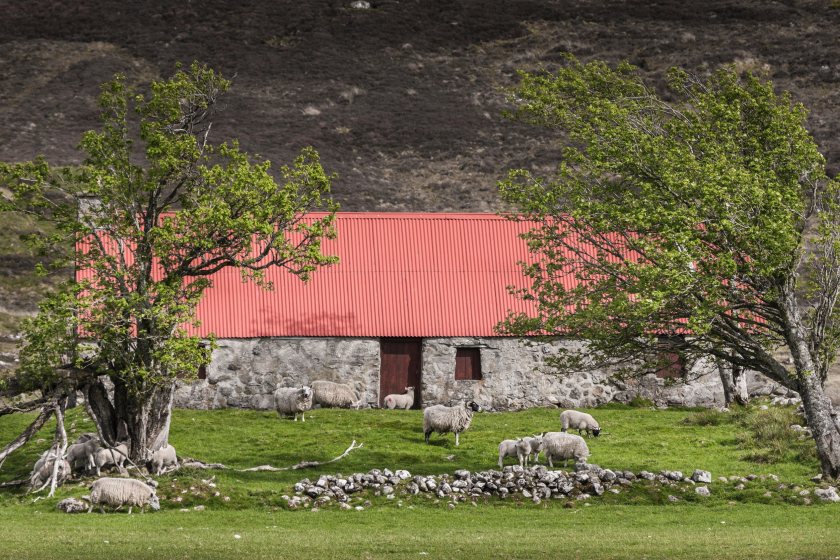
NFU Scotland is urging crofters to participate in the Scottish government’s proposals which seek to modernise the sector.
The union is calling on its 850 crofting members to get involved in the debate on crofting law reform, sparked by the recent publication of a government consultation.
It is also urging crofters to participate in a series of public meetings with Scottish government officials from the Crofting Bill team to support the consultation.
These commence in Inverness today (3 July) followed by Thurso on Thursda, with a further 13 meetings to be held throughout the summer.
There are around 20,000 crofts across the crofting counties, which are in the Highlands & Islands and in designated areas in Scotland.
More than 750,000 hectares of land in Scotland is in crofting tenure, with approximately 33,000 people living in crofting households.
Chair of NFU Scotland’s Crofting Committee, Arthur Macdonald, said the Crofting Bill was an important piece of legislation for the nation’s crofters.
He said: “Our committee will be working closely on this consultation, in collaboration with the wider crofting membership, to ensure member views are fully represented.
“I would encourage our crofter members to take a look at the proposals and think about how the changes may make it easier to be an active crofter and a little tougher to be an inactive one.
“I would also encourage members to attend one of the many roadshows organised to discuss the Bill.
“Amending crofting legislation will help but we know that the agencies who are responsible for delivering it need to be able to do so, and resources are an issue that we will be considering as part of our response.”
The consultation, which runs until 2 September 2024, seeks views on a range of proposals for modernising crofting.
The Scottish government said it wanted to help to create opportunities for new entrants and encourage the active management and use of crofts.
The crofting system must also support effective and sustainable land use, it explained.
